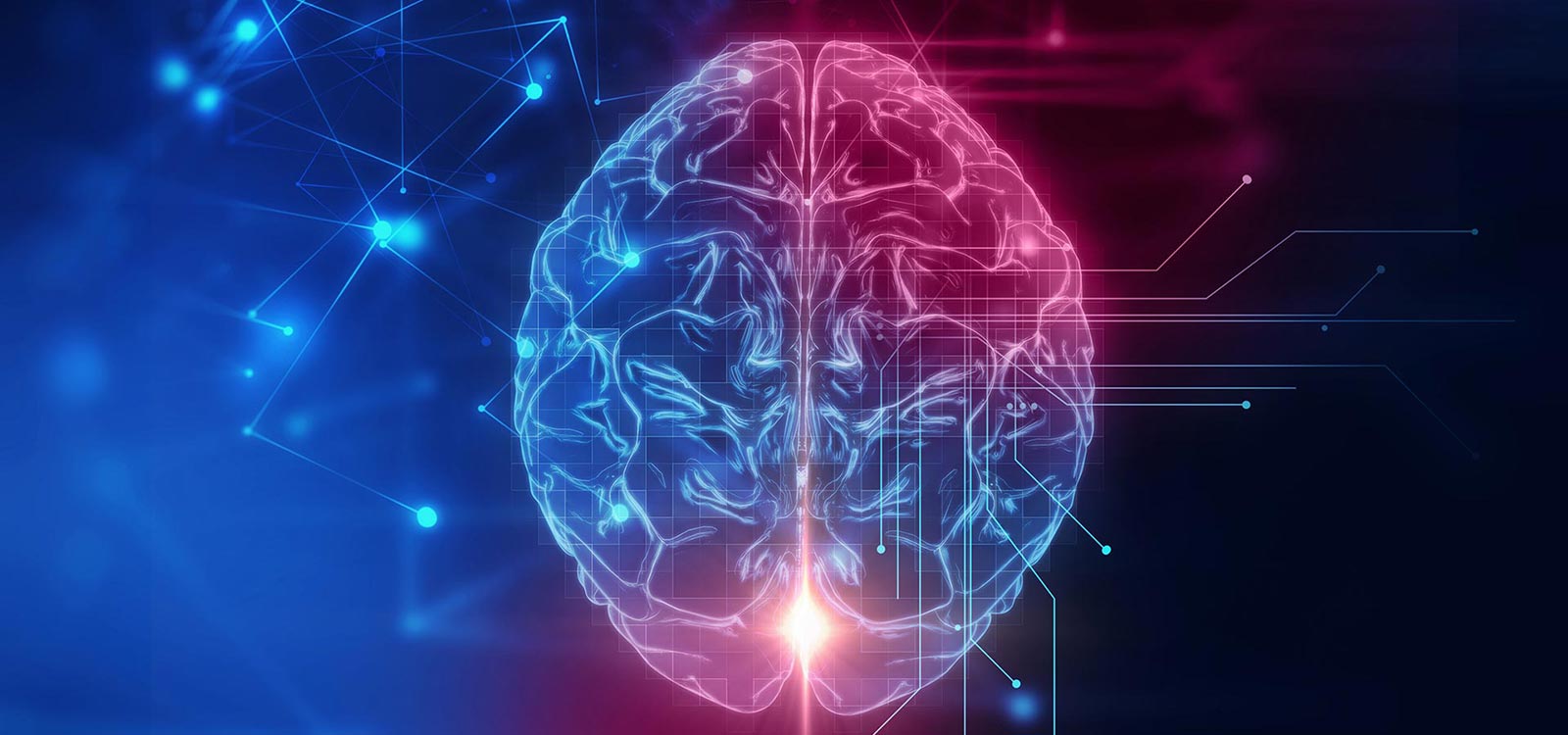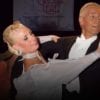A three-year study in partnership with both the University of Maryland and the University of Houston showed that dancers use multiple areas of the their brains simultaneously while dancing. The study suggests that dancers’ brains are wired differently from others because of the unique multi-tasking they were demonstrating.
Most people can’t actually multi-task. We think we can, but multiple studies have shown that this ability is largely a myth. In practice, the brain is actually switching from one task to the other very quickly. That’s why it’s especially interesting that dancers’ brains work differently while they are dancing.
The study found that for dancers, one part of the brain controls movement without expressive intention, while another part imagines movement qualities and these parts work to execute movement while also making higher-level decisions.
“When you see dancers who are dancing beautifully, their whole brain is being engaged,” says Karen Kohn Bradley, associate professor emeritus and director of graduate studies in dance at the University of Maryland. “They are thinking about the sequence, focus, timing and qualities of lightness and strength all at once.”
For ballroom dancers there is another aspect that’s also applied at the same time: that of being aware of your partner, including the connection between you, their movement, the foot they are on and the direction or energy of their movement. All of these different qualities are being considered and calculated at the same time during the dance.
They are thinking about the sequence, focus, timing and qualities of lightness and strength all at once.
Obviously this phenomenon is only true for those with considerable dance experience. You can’t expect a raw beginner to be able to multi-task in this way, as they are still focused on basic issues like where their feet should go next. But for skilled and experienced dancers, this ability to think about all the aspects of the performance, including such details as how a simple hand movement can create an emotional response, is quite profound.
This research helps explain why professional dancers can process complex choreography so rapidly. Cerebral synchronization makes dancers good at linking and remembering chunks of steps. They are also able to quickly recognize their patterns. Bradley explains that the brain stores these patterns in lower parts (like the cerebellum), which opens up more room in the frontal lobe for expression and “creative reinventions on stage if something suddenly goes wrong,” she says.
In addition, they can imagine the patterns in their head and be able to apply interpretations on the fly to create different emotional outcomes. A skilled dancer can, while combining all these other aspects of the performance, be able to inject performance energy that can exude completely different emotions, depending on the music or the spur-of-the-moment interpretation of the movements being performed.
What the study couldn’t conclude was whether these multi-tasking abilities are already in place, leading to more highly skilled dancing, or whether dancing, over a long period of time, builds these skills. Bradley believes it is a bit of both. She has found that some dancers are innately wired like this; others have the ability to develop these abilities over time.
A trained movement analyst, Bradley says this information can be applied to other disciplines where movement and gestures matter in different contexts, including professional environments such as giving a speech.
You may also like Dancing in the Subconscious












